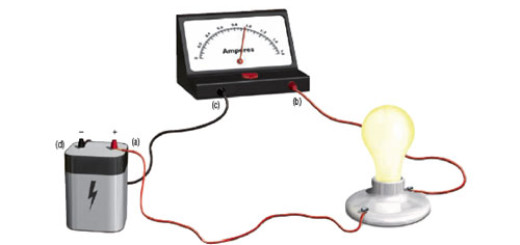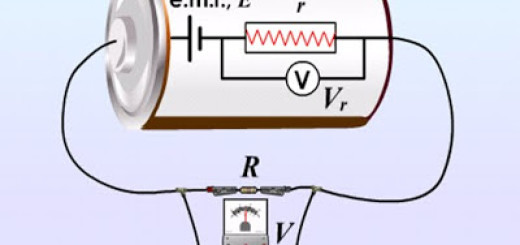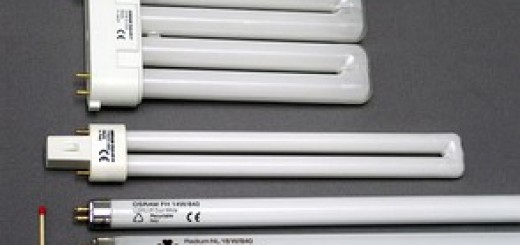Sources and types of the electric current
The electric current can be generated by different methods, The common sources are the generators (Dynamos) and electrochemical cells (electrolytic cells), The electricity which you use in your homes is produced from the large power stations where the dynamos exist where the wires & the cables can carry the electric current to the towns and the cities.
Sources of the electric current
The electrochemical cells convert the chemical energy into electric energy, The electric current produced is known as the direct current such as the dry cells and the batteries, The dynamos or the electric generators are used to change the mechanical (kinetic) energy into the electric energy, The electric current produced is known as the alternating current such as Dynamo.
Types of the electric current
The direct electric current
The types of electric current are classified into two types which are the direct electric current and the alternating electric current (A.C.), The direct electric current is produced from the electrochemical cells such as the dry cells and the simple cells.
The direct electric current is unidirectional (it flows in one direction), It has a constant intensity, (The electrons can pass from one pole of the electrochemical cell (the electrolytic cells), And they can flow through all the circuit components to the other pole).
Direct electric current can be transferred only for a short distance, It can not be converted into an alternating current, It is used in the electroplating processes, It is used in the operating of some electric appliances.
The alternating electric current (A.C.)
The alternating electric current is produced from the electric generators like the dynamos, It is variable in both direction and intensity, (The electrons flow in one direction at the beginning, then start to flow in the opposite direction).
The alternating electric current can be transferred for short and long distances from the electric power stations to the factories and the houses, It can be converted into direct current, It is used in lighting the houses and the streets, It is used in operating the electric appliances.
The alternating electric current is preferred to the direct current because it can be transferred for long distances and it can be changed into a direct current.
Methods of connecting the cells in an electric circuit
Several electric cells are connected together to form what is known as a battery, There are two methods of connecting the electric cells which are series connection and parallel connection, The electric cell is represented by two straight parallel lines, the longer one represents the positive pole and the shorter one represents the negative pole.
Series connection
Series connection is done by connecting the positive pole of the first cell to the negative pole of the second cell with a copper wire, then connecting the positive pole of the second cell to the negative pole of the third cell, and so on.
Parallel connection
Parallel connection is done by connecting the positive poles of all the cells together, and the negative poles of all the cells together with copper wires, Therefore, there will be one positive pole and one negative pole for the produced battery.
Measuring the electromotive force (e.m.f.)
You know that the electromotive force of a group of different dry cells connected in series = the sum of the electromotive forces of these cells.
The electromotive force of a group of similar dry cells connected in series = the number of the cells ( n ) × e.m.f. of one cell.
The electromotive force of a group of similar dry cells which are connected in parallel is equal to the electromotive force of one cell.
You notice that when we connect the similar dry cells in series, We will obtain high electromotive force, When we connect the similar dry cells in parallel, We will obtain low electromotive force equal to one of them, We connect the dry cells in both series and parallel to obtain different values of the electromotive force.
In some electric circuits, the battery is formed of many cells, some of them are connected in series and the others are connected in parallel, so, the electromotive force of the battery = The electromotive force of the cells connected in series + The electromotive force of cells connected in parallel.
Types of electric current, Direct & Alternating electric current, Series & parallel connection
Electrical current, Potential difference, Electric resistance and Ohm’s law
Resistances connection ( series & parallel ), Electric energy and Electric power
Alternating current generator ( Dynamo )- AC Generator & Effective value of the alternating current



